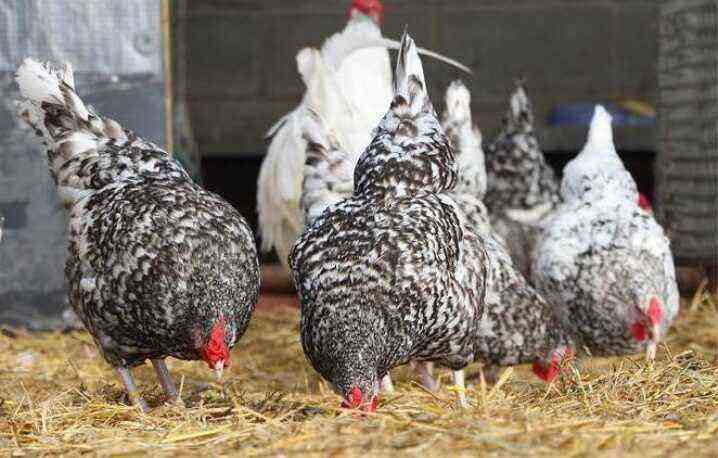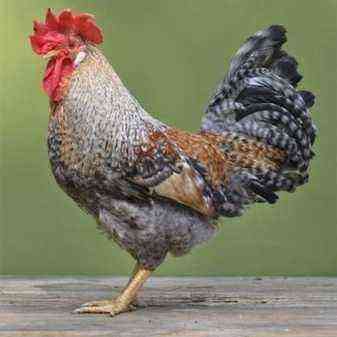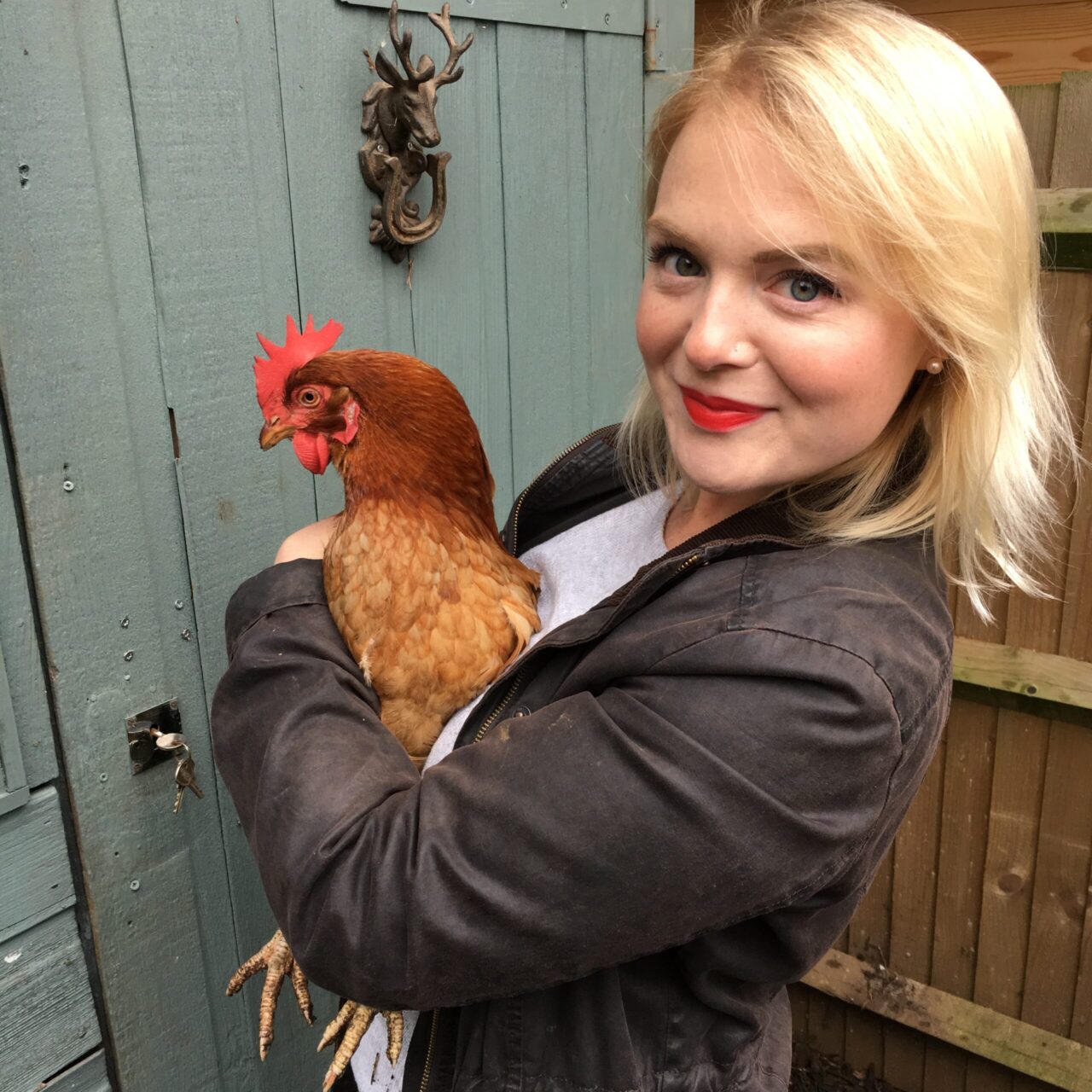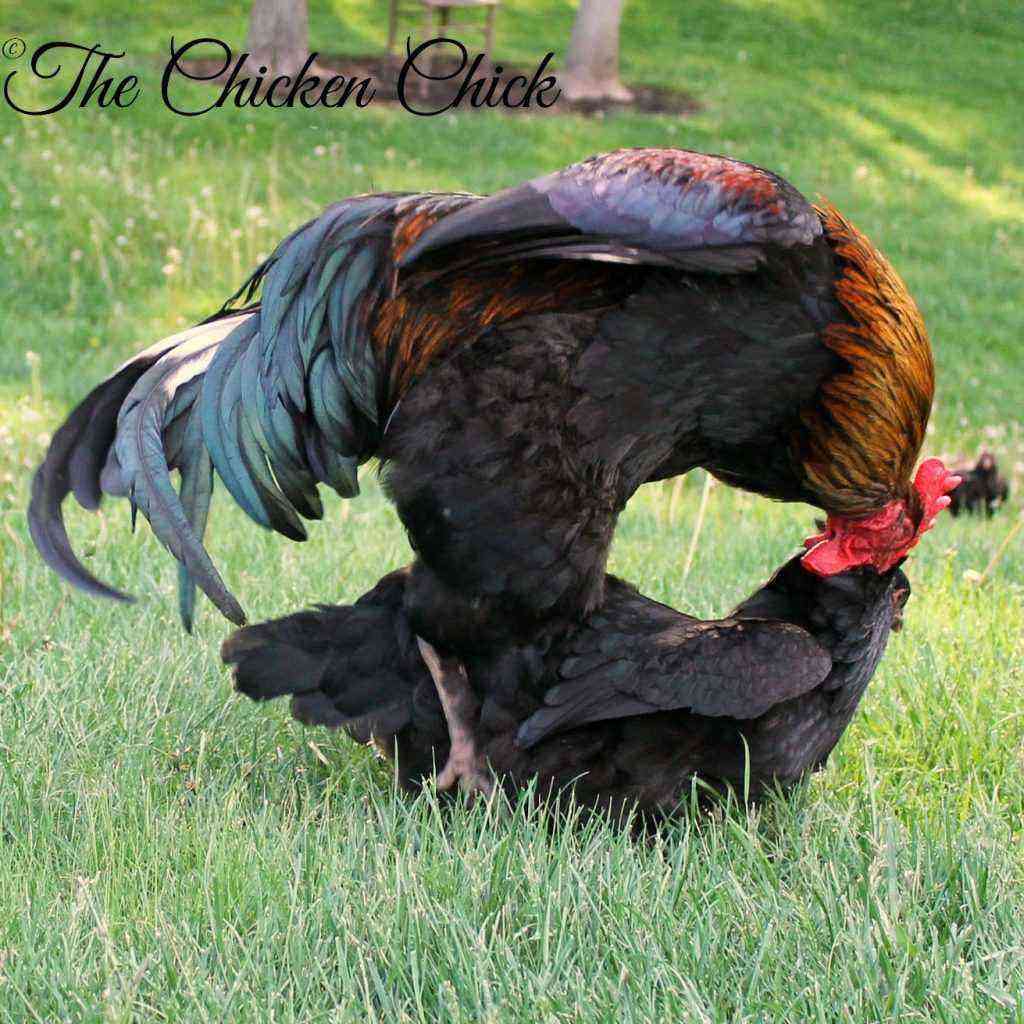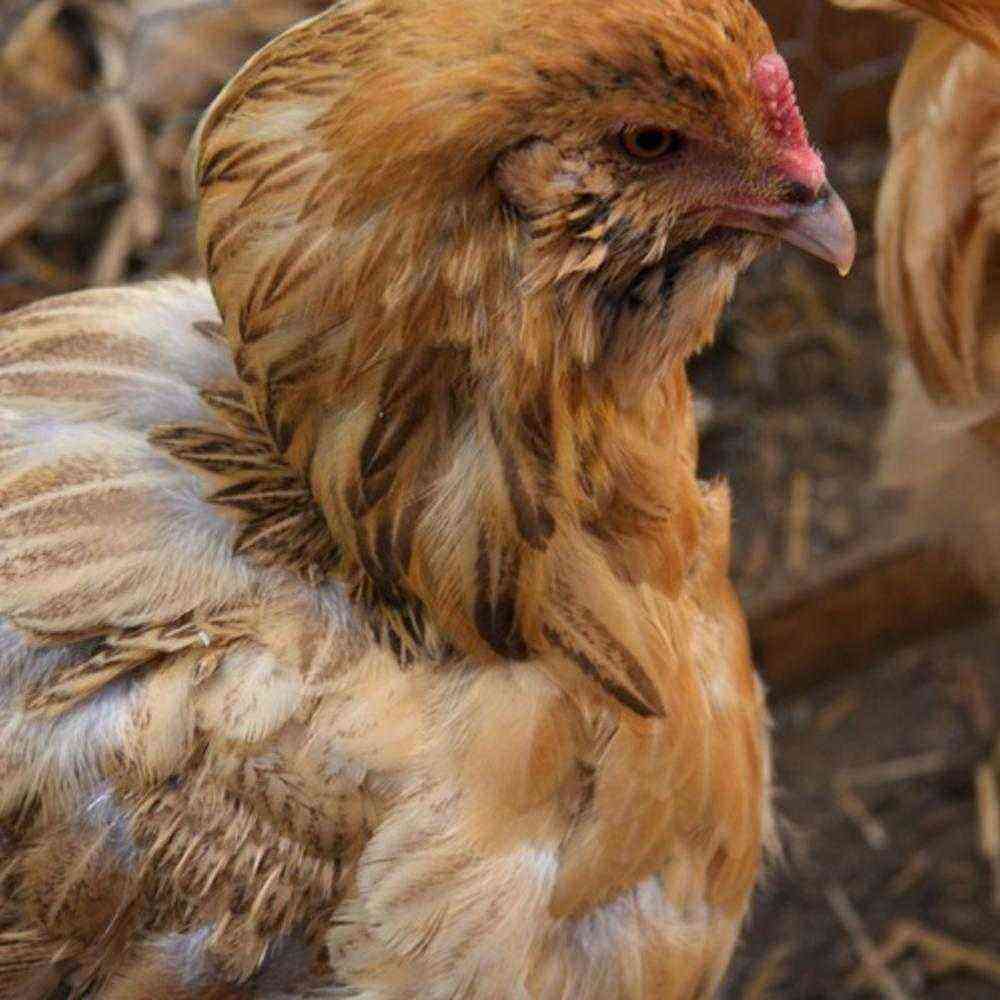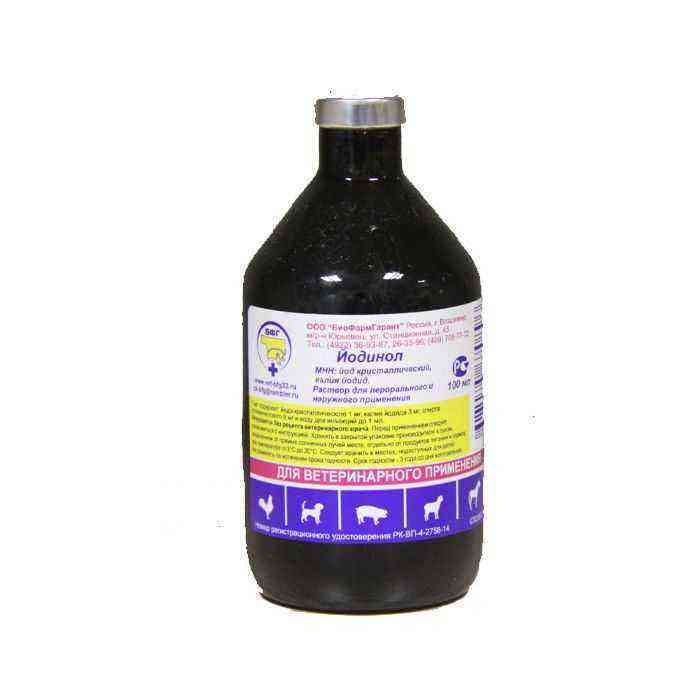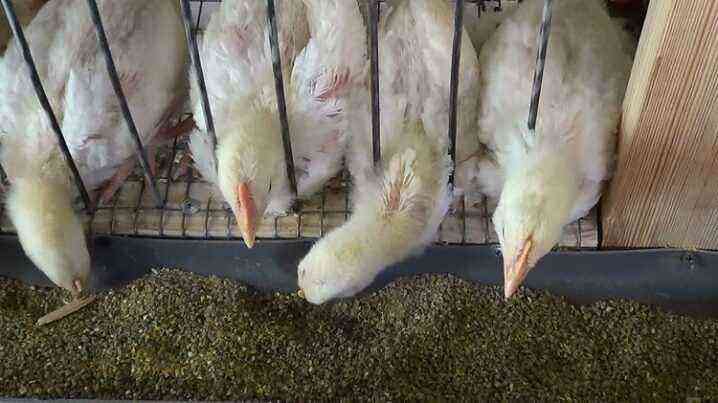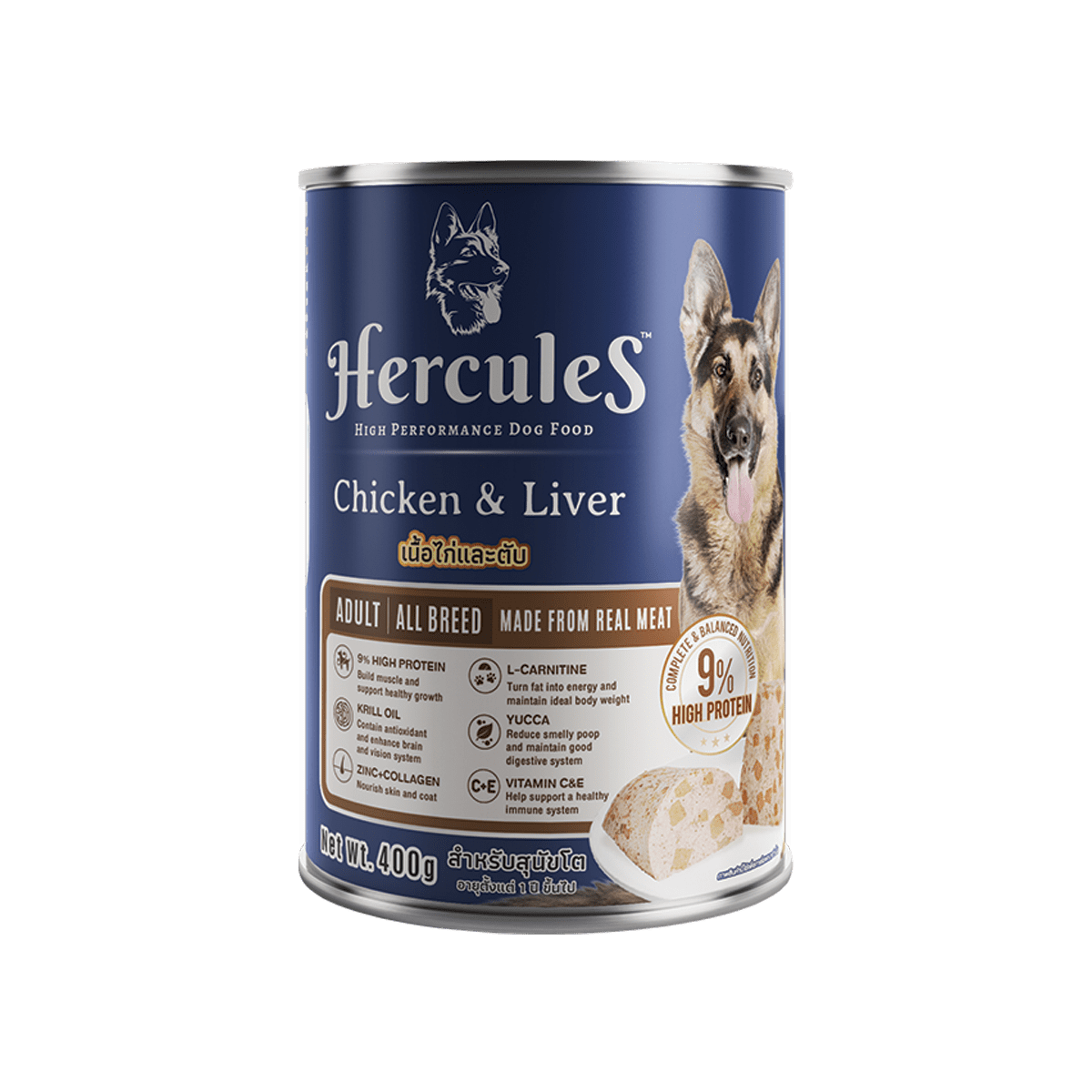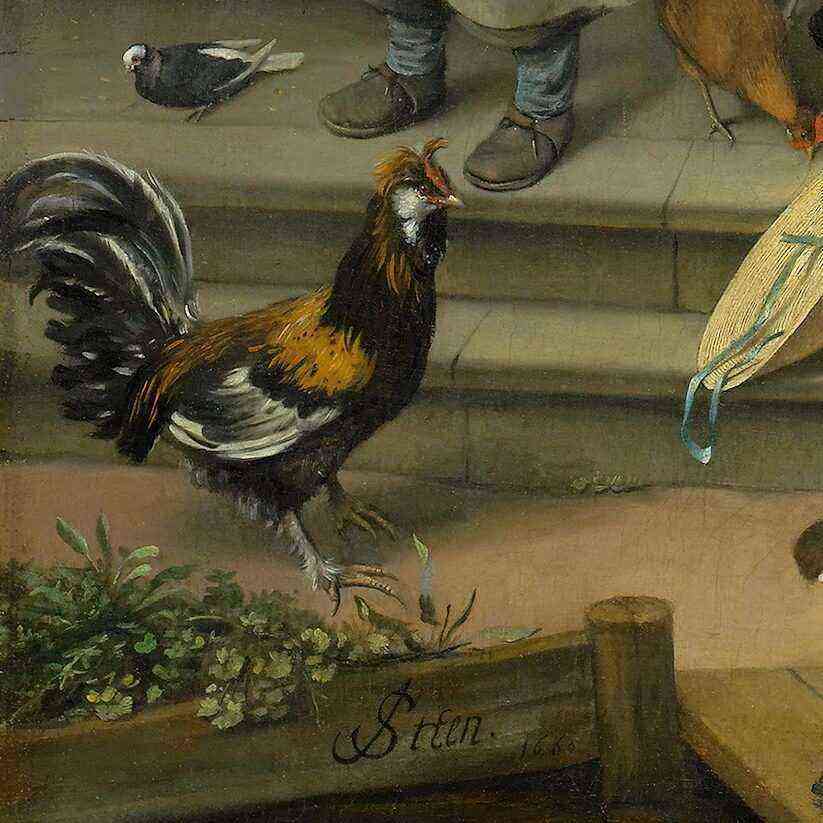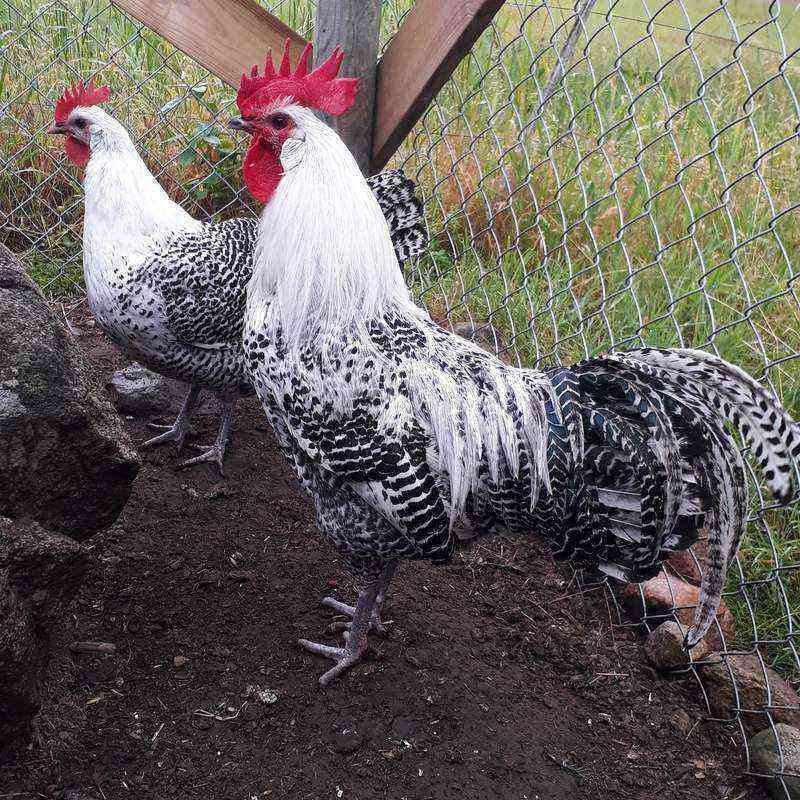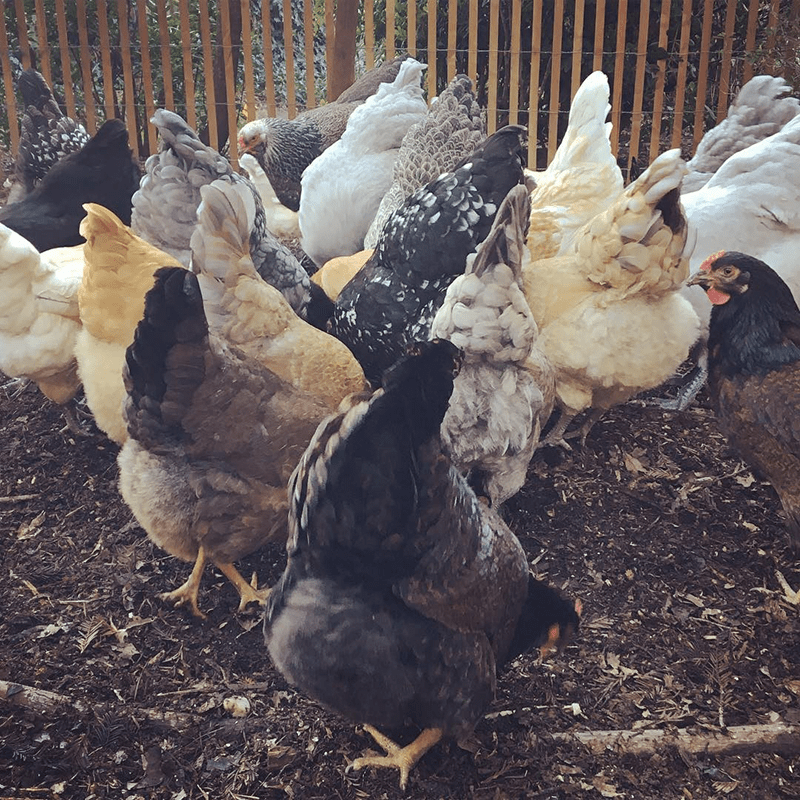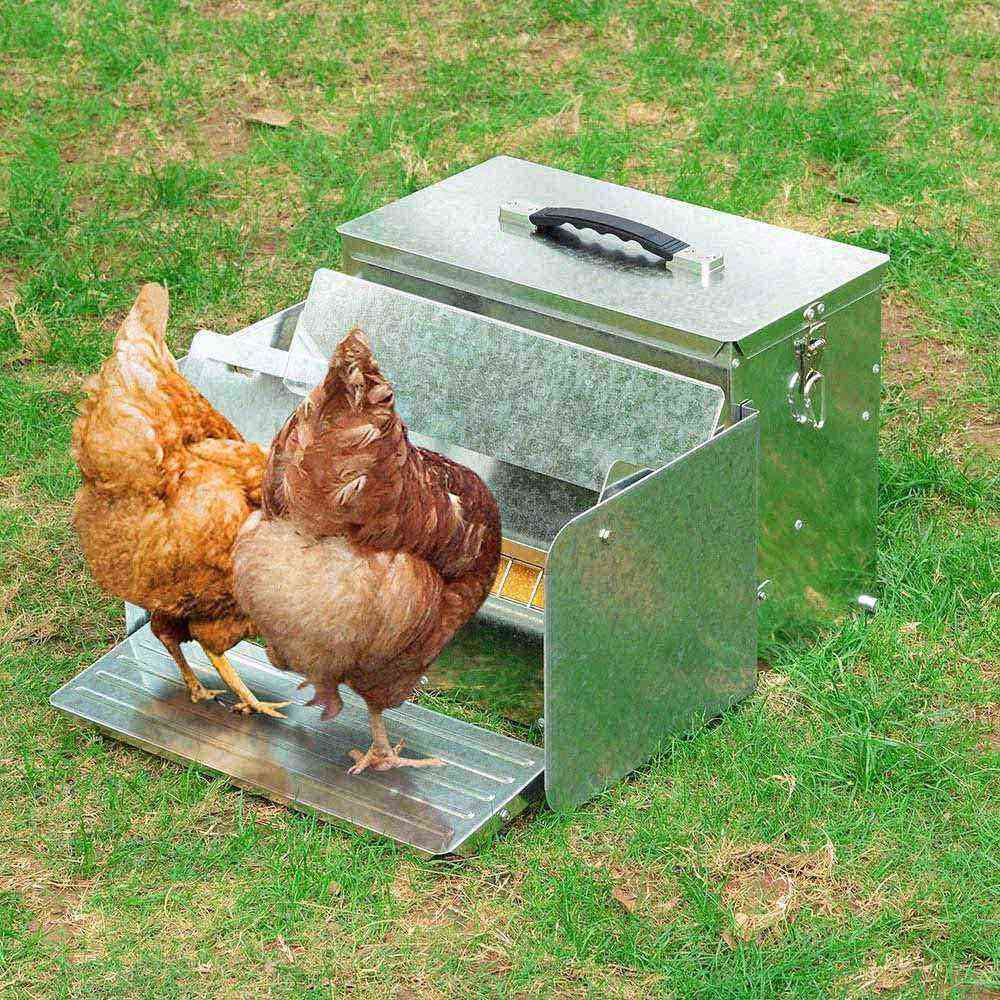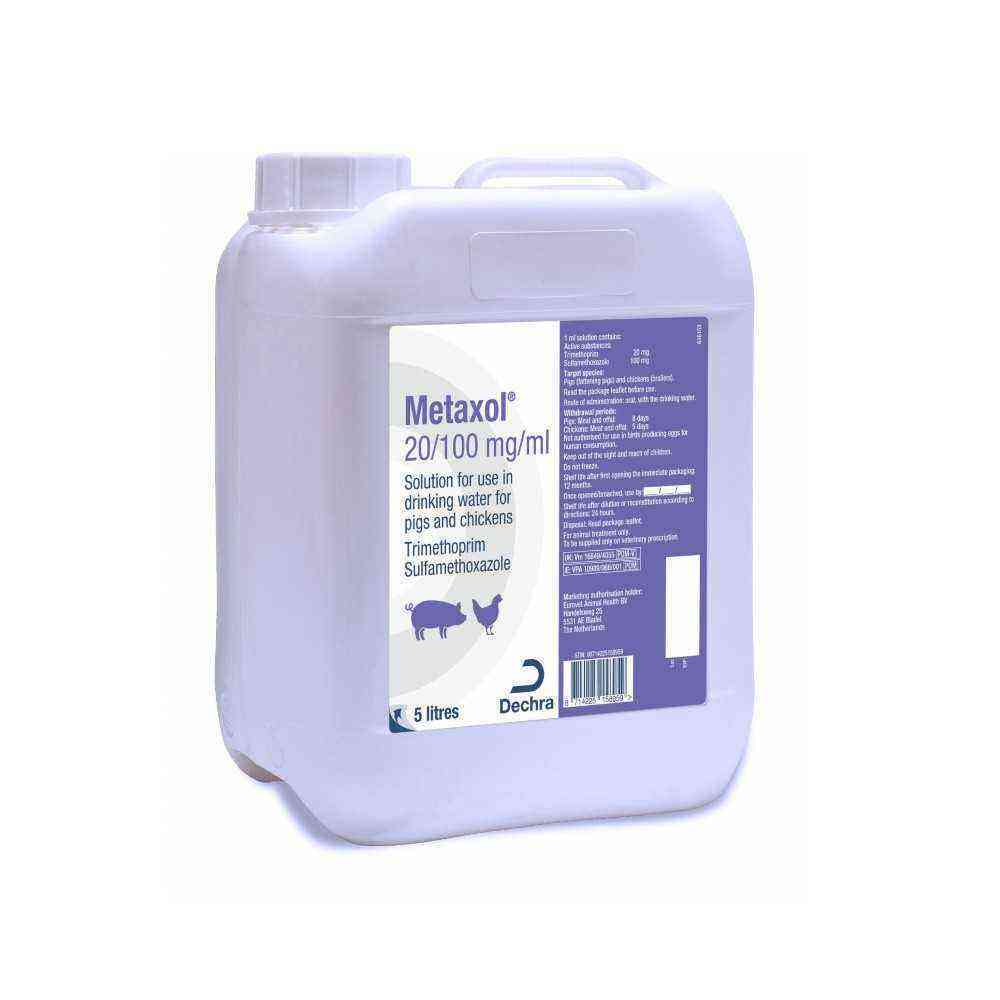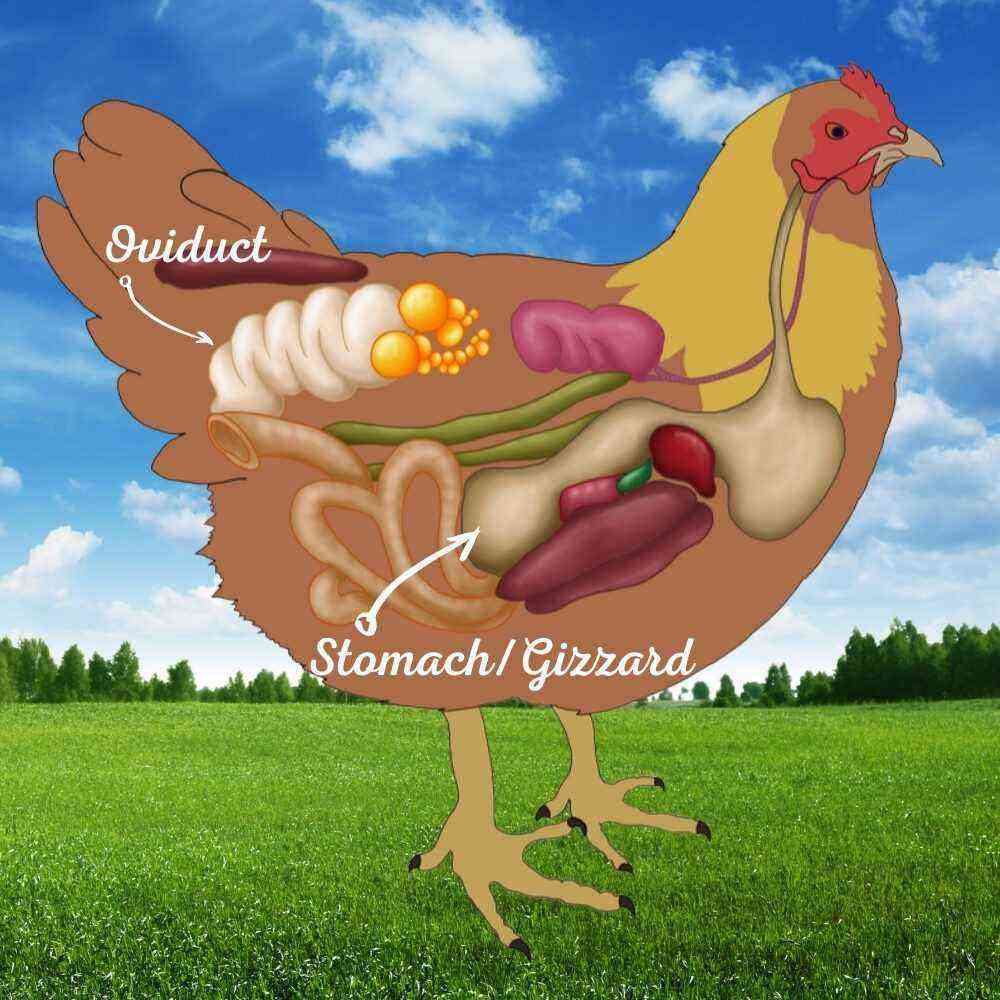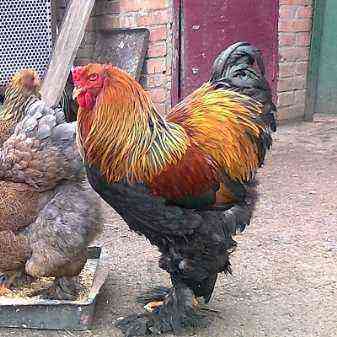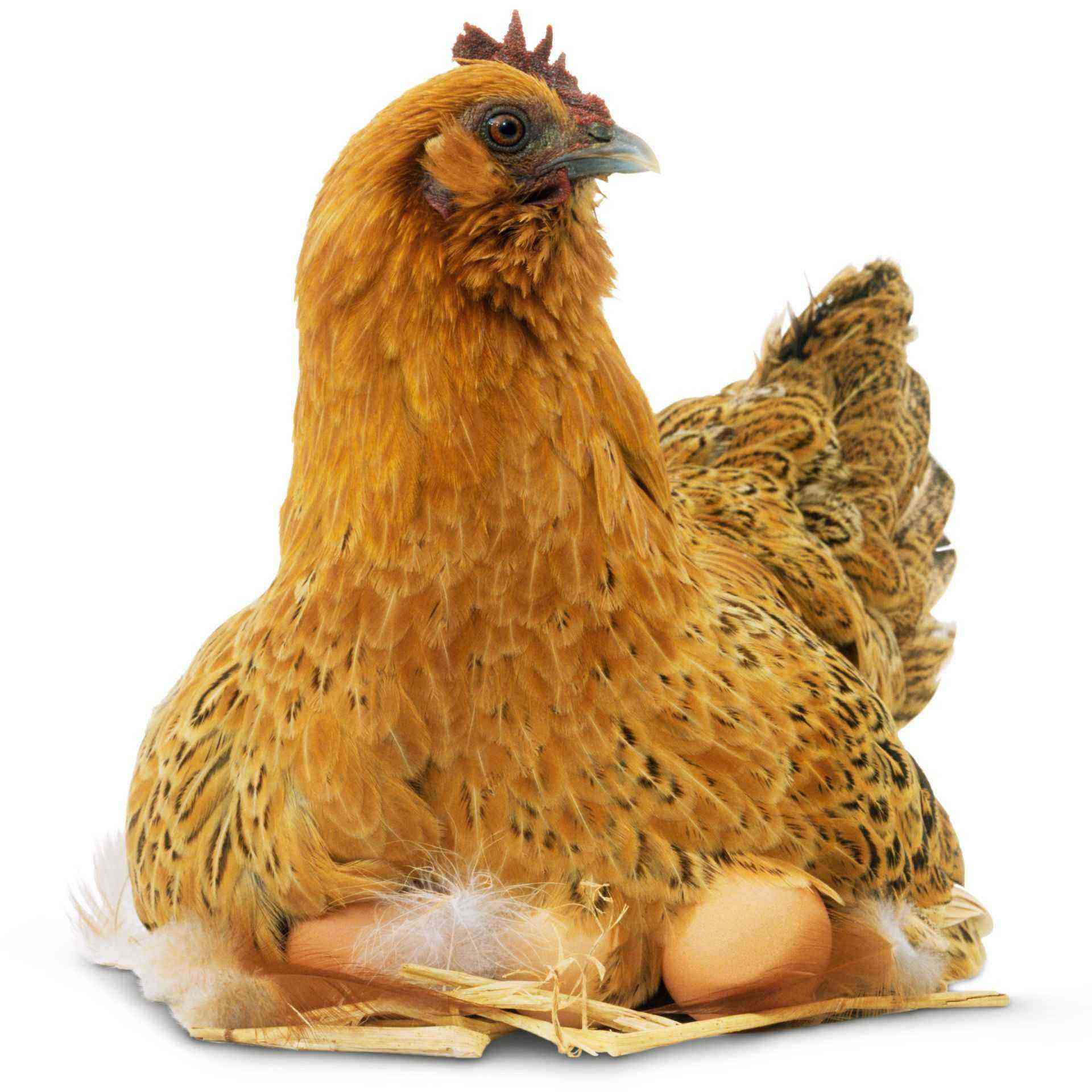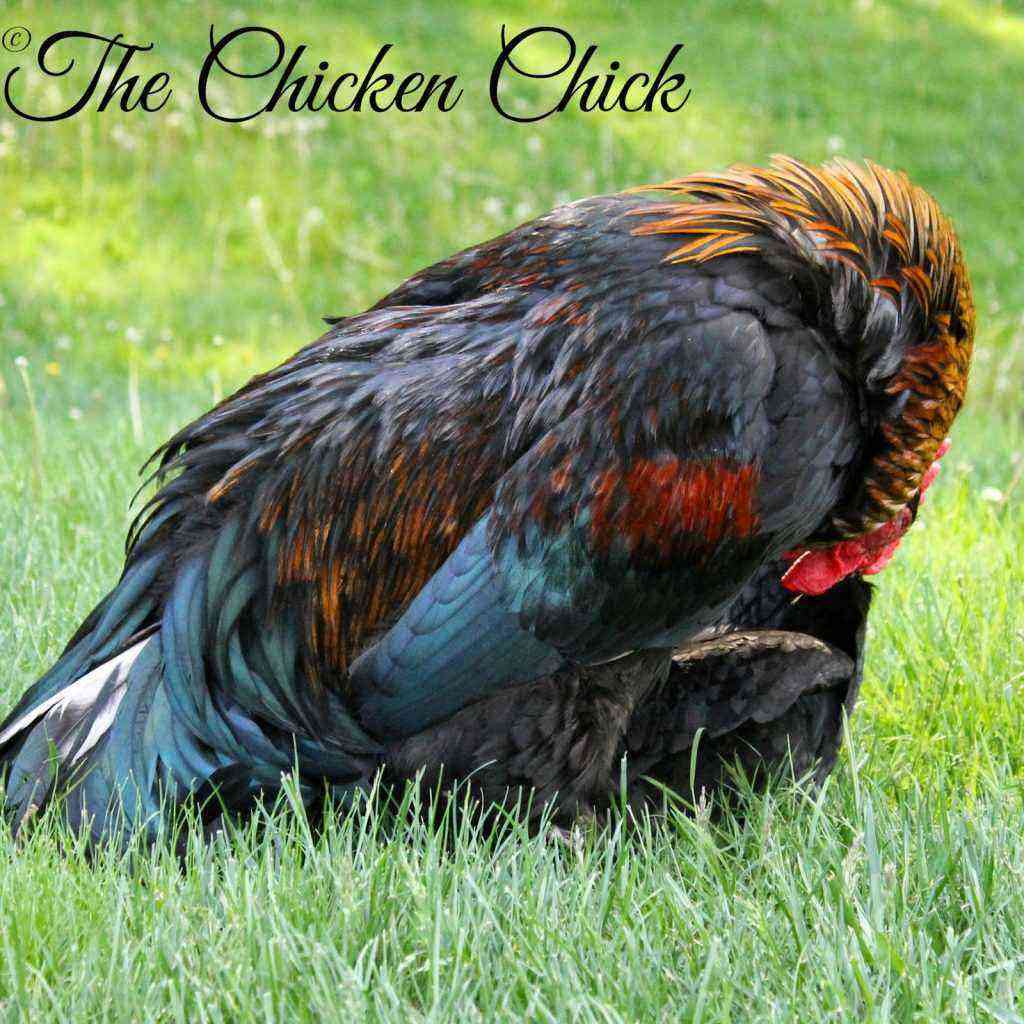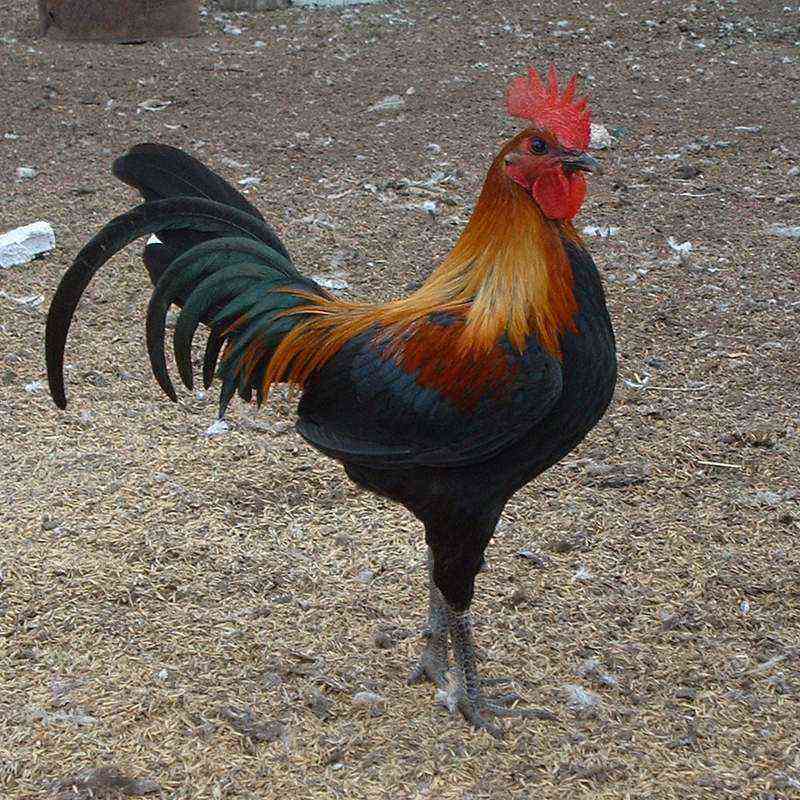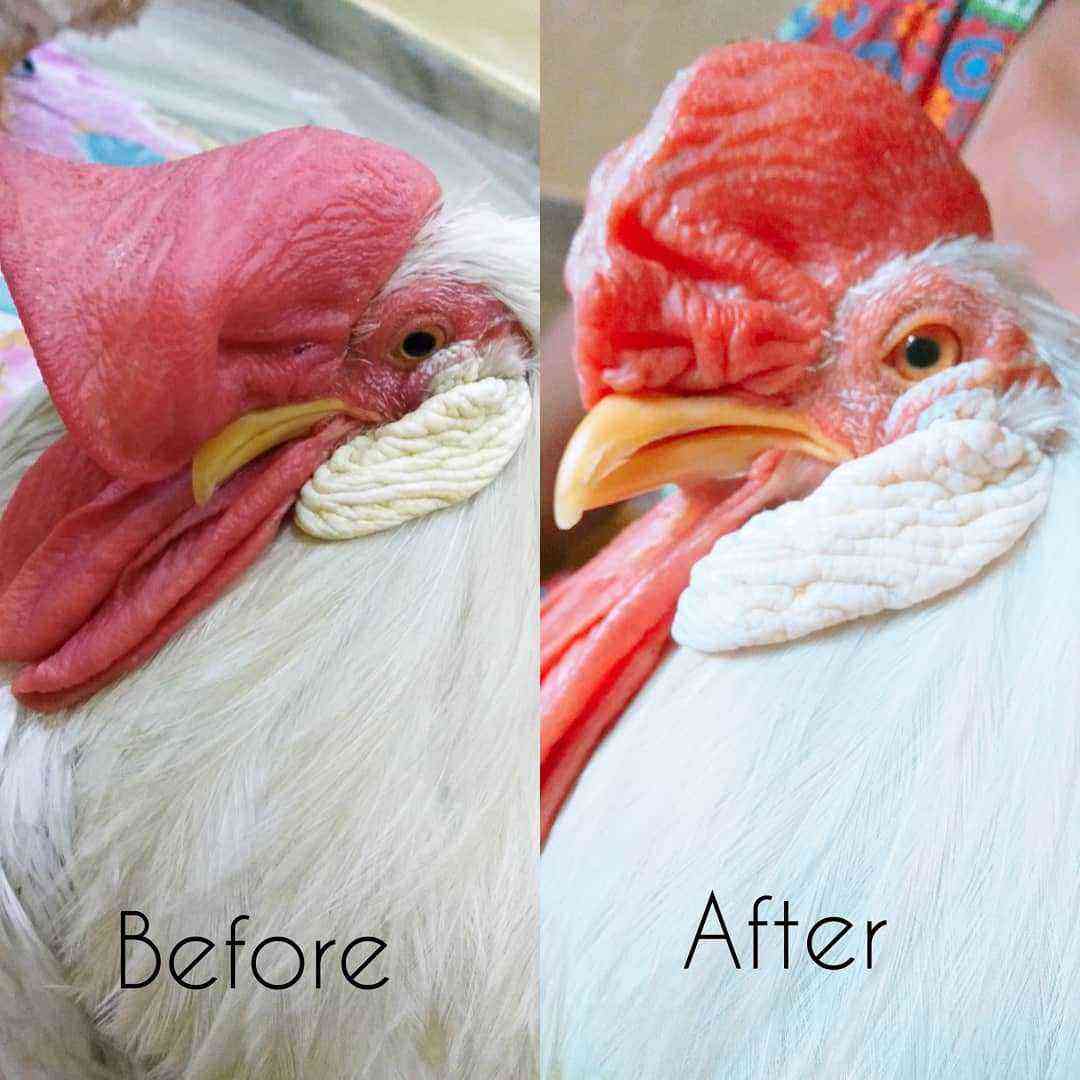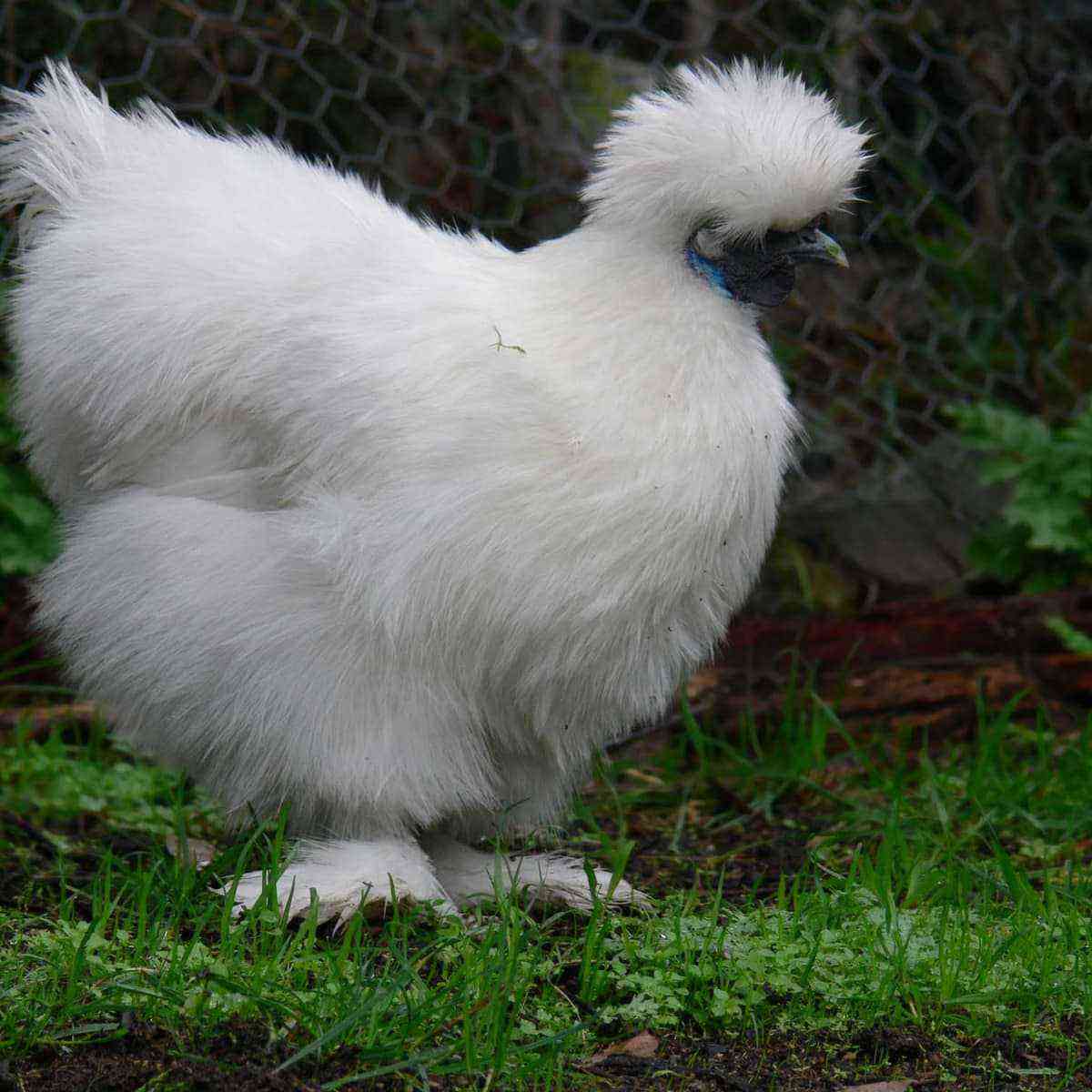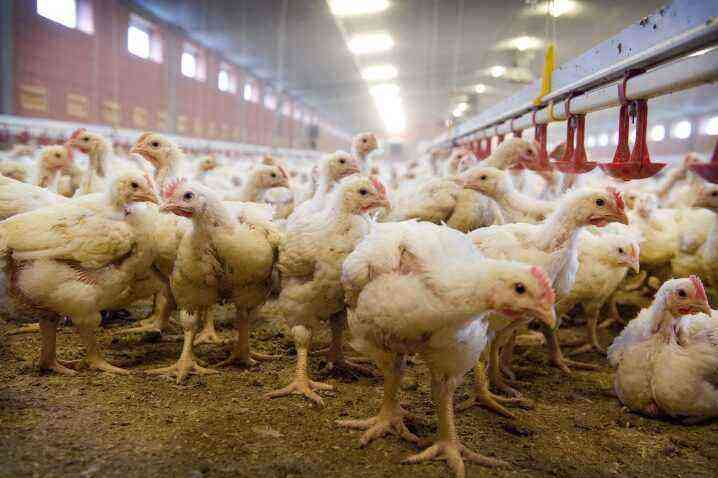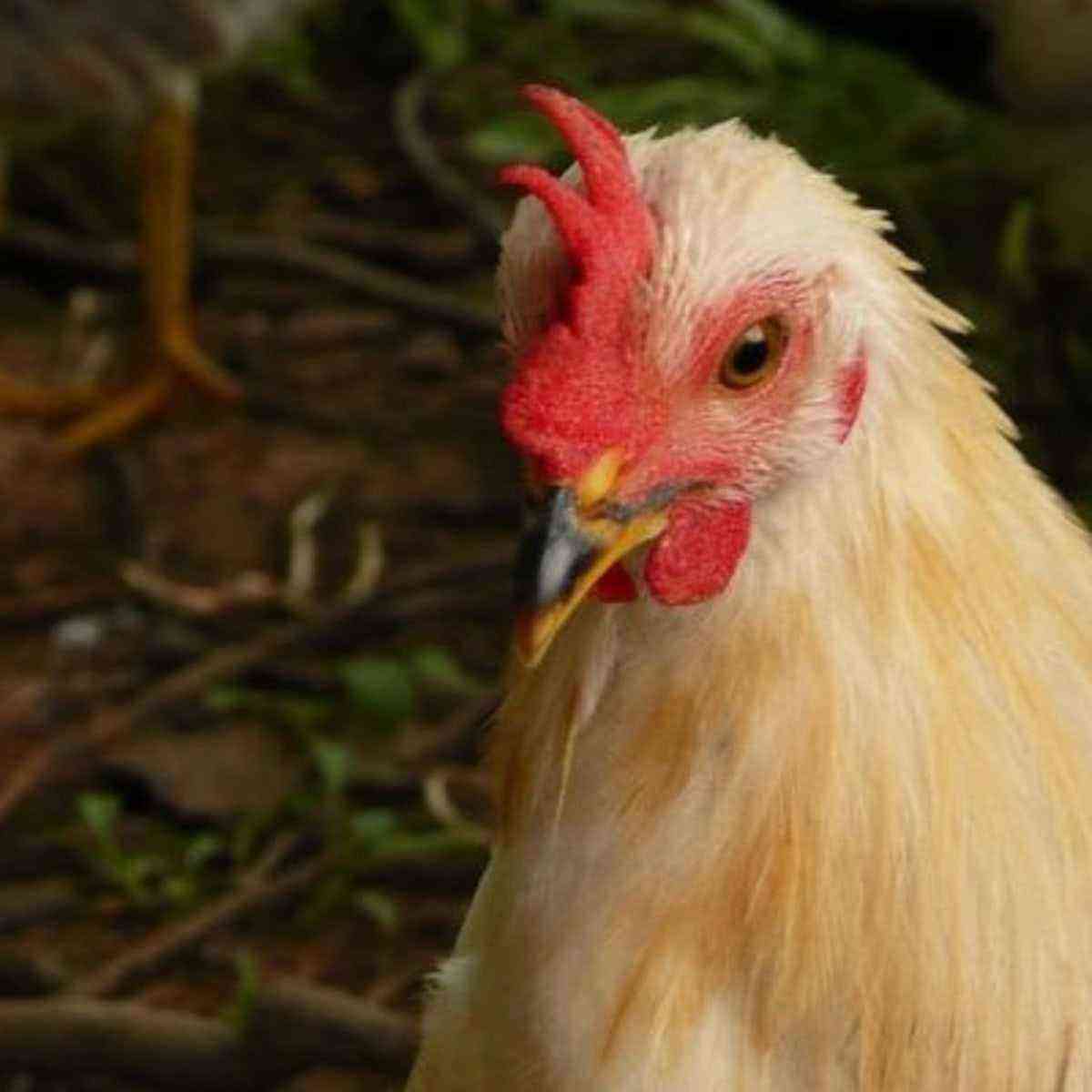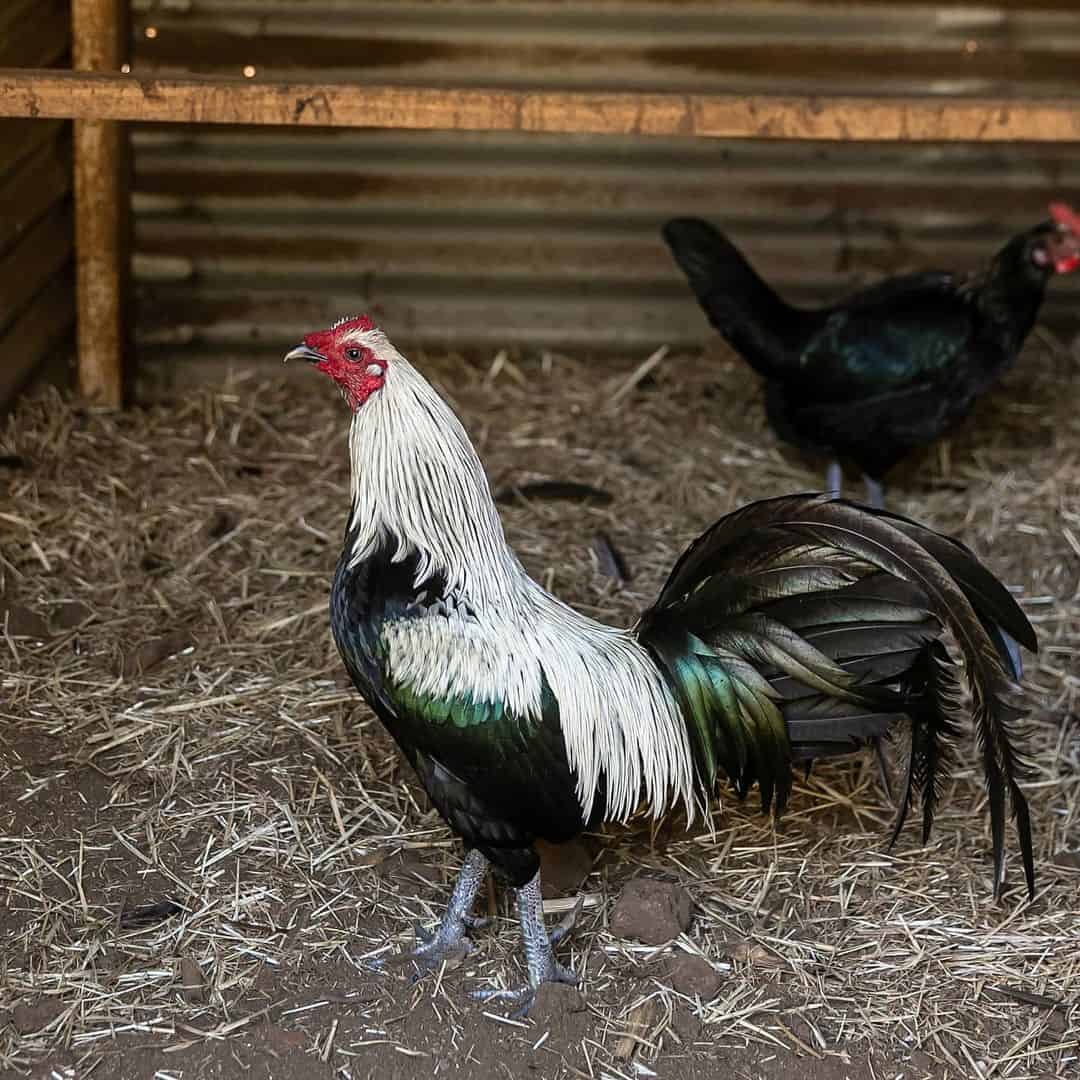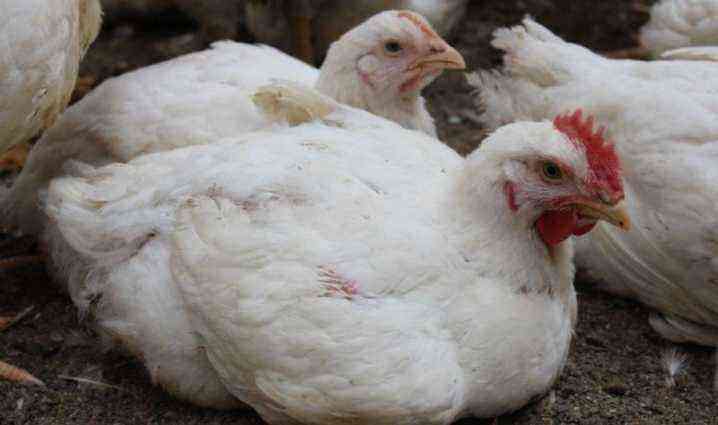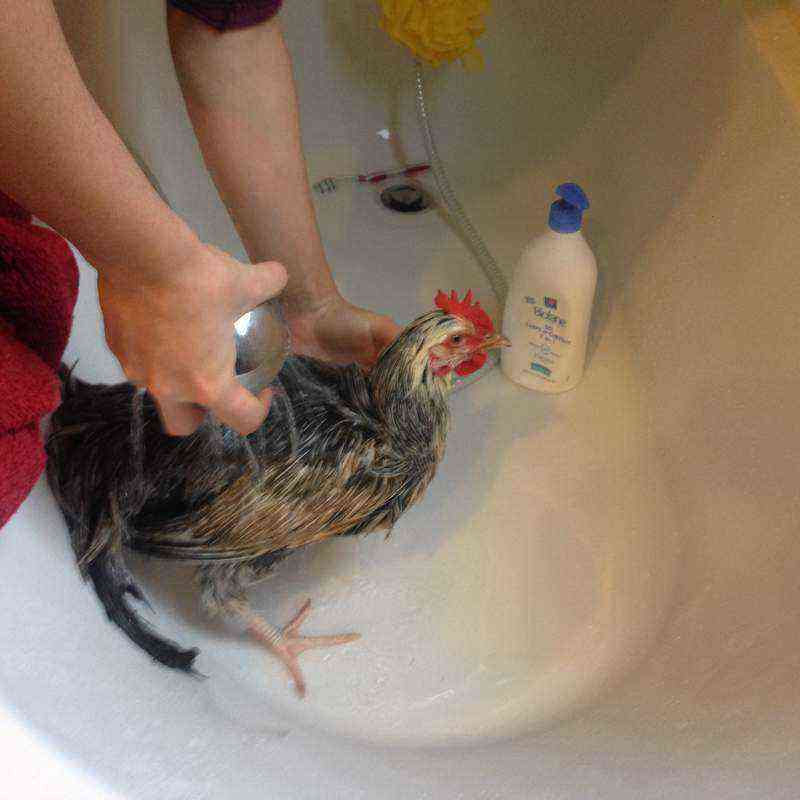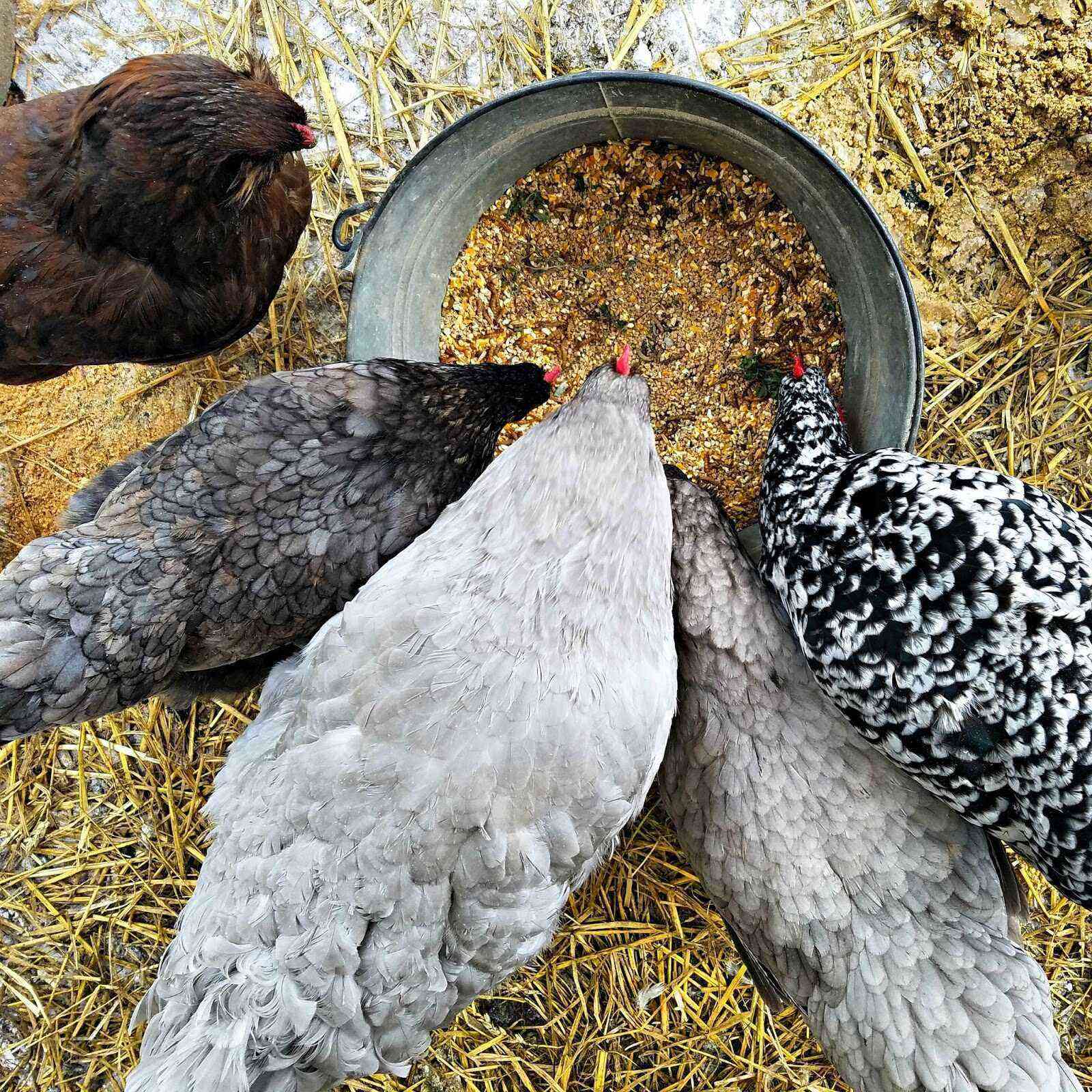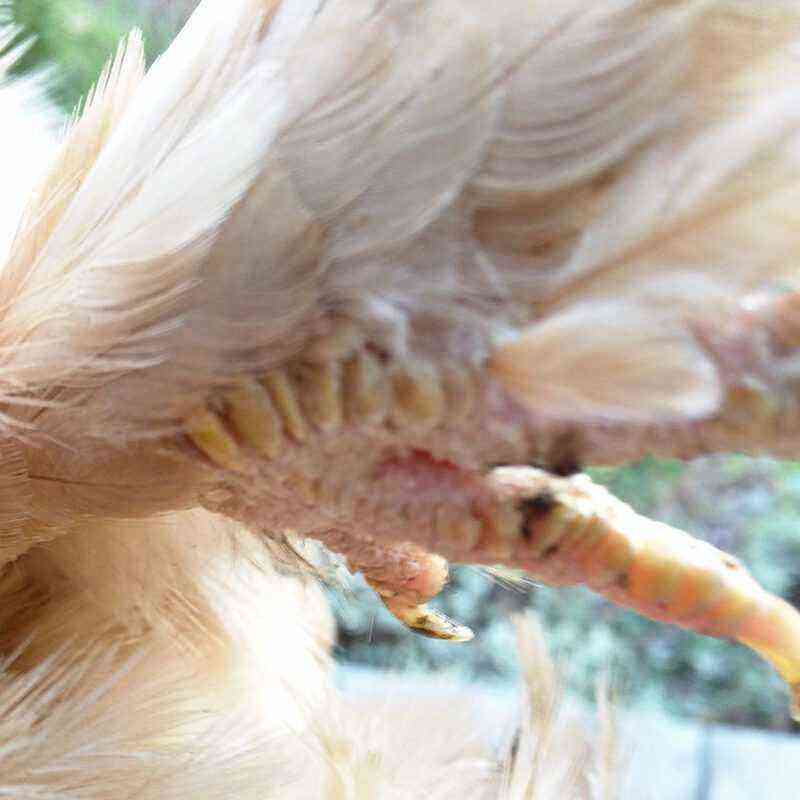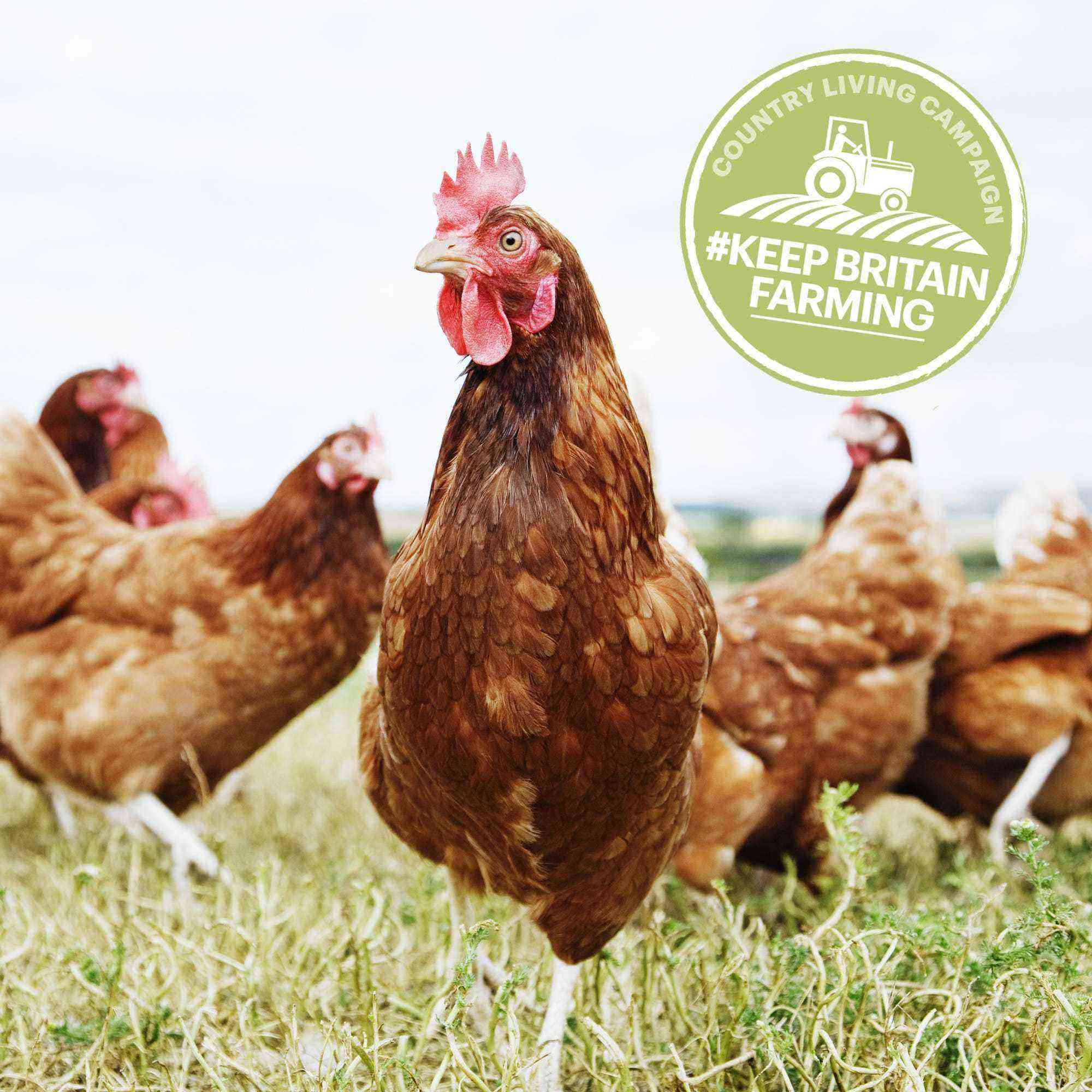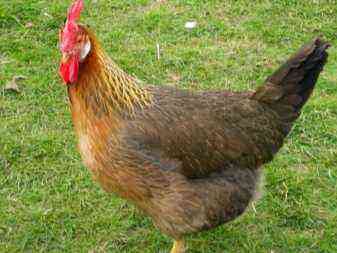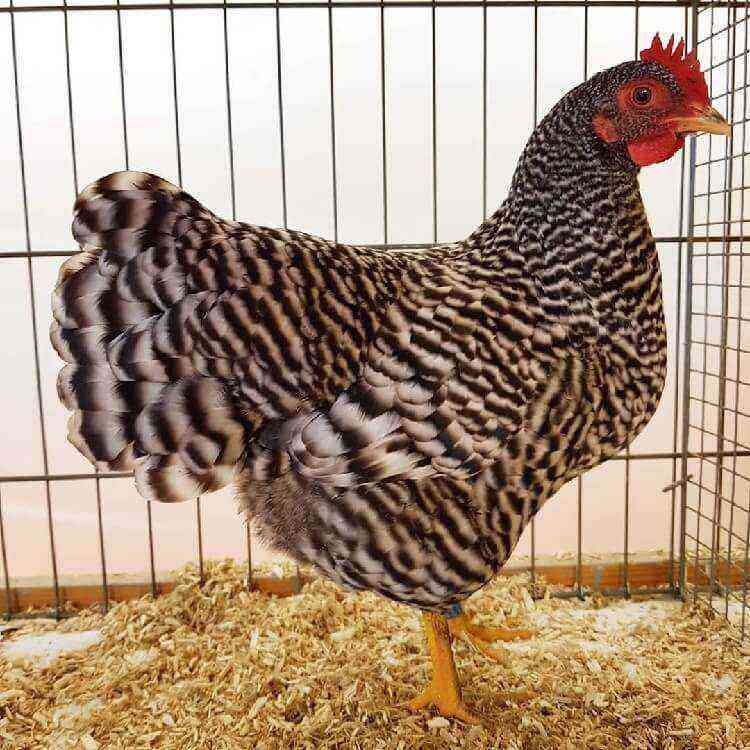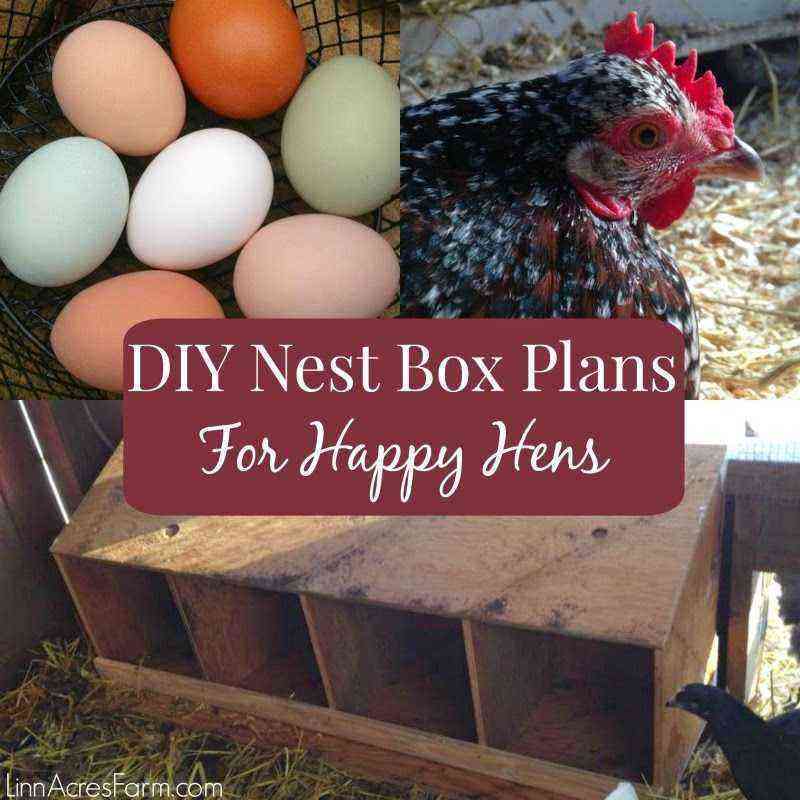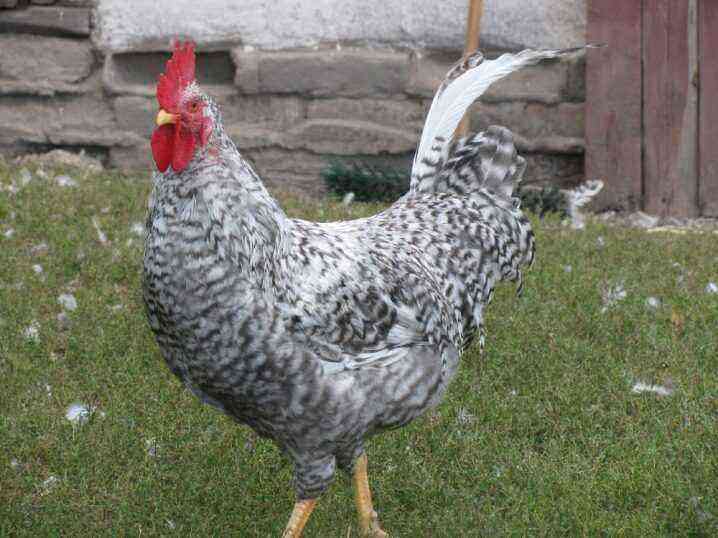Many people try to engage in poultry farming at least at an amateur level. Regardless of the scale of the plan, before starting work, it is required to study the features of each species of birds. Let’s see what a dominant is and how to deal with it.
History
It is impossible to say exactly when dominant chickens appeared, because this has not yet been established. Something else is known for certain: the variety was bred in the Czech Republic, and it ended up in our country at the end of the XNUMXth century. The breeding was carried out by experienced breeders from the village of Dobrzhenice. The main task of Czech specialists was the formation of a healthy and especially productive hybrid. An additional requirement was the minimum pickiness in food.
The dominant cross was bred from popular and highly valued chicken types such as:
- leggorn;
- cornish;
- sussex;
- plymouth;
- Rhode Island.
Dominants quickly gained popularity around the world. Now they are actively used in almost 40 states. Swiss poultry farmers paid special attention to cross-country. It was in Switzerland that it began to be used as part of special environmental programs. The goal is to obtain natural and safe food.
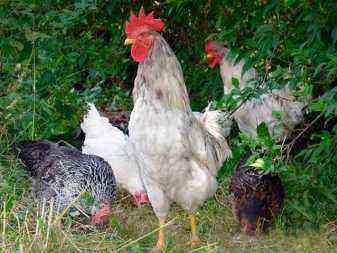
Description
Consider the features of the description, nature and productivity of dominants.
Appearance
Before saying what a dominant chicken looks like, it is worth noting that it is divided into several subtypes. They vary quite a lot in color and body shape. Undoubted common features of all subtypes are:
- large, massive body;
- strongly developed muscles;
- large width of the back and chest;
- a clear line of the hips;
- fleshiness of the lower leg;
- lowered setting of the abdomen;
- firm grip on the wings.
The heads of dominants are relatively small. The eyes are outwardly bright and look expressive. The iris of the eye is orange. The scarlet leaf-shaped scallop stands straight. The skin on the face has a reddish tint.


Earrings at the laying hen are slightly inferior in size to the earrings of roosters. The legs are light, yellow, have a small length. Therefore, the impression of a squat bird arises, it is complemented by a wide arrangement of legs. The feathers are quite lush, reaching an average density.
The feather is not too hard, the wing of medium size is also abundantly covered with feathers. The tone of the birds can vary greatly. Black individuals are most in demand. Slightly less common are brown, pockmarked and white specimens. In the latter case, there is still a black mane, therefore they talk about similarities with the Adler silver breed.
Some breeders believe that birds are easy to distinguish by sex after birth. In an adult rooster, the weight can reach 2,7-3,2 kg, in a chicken – 2,2-2,7 kg. Black individuals are the largest and bring the most eggs. Sexual maturity is reached by 5-6 months. After that, active growth and weight gain continue until 11-12 months.
Temperament
Czech dominants are active. They are calm, but moreover, they can scream loudly. When starting such chickens, you will have to forget about the silence in the yard. But dominant roosters are non-aggressive and not prone to fights. Skirmishes rarely occur even with members of other species.
The bird is a little shy. If the place of residence or the owner changes, stress is likely. But you don’t have to worry about problems.
Experience shows that such factors do not affect egg laying. Therefore, it is only necessary to choose the right individuals for breeding, and then there will be no problems.
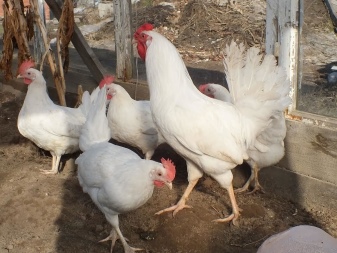
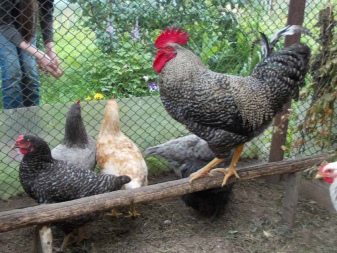
Productive characteristics
The level of productivity of the dominants is quite pleasant to most farmers. For the year you can get from 300 to 320 eggs. You don’t even need to incur some impressive expenses for this. You will not need a special additive that improves masonry. Brown-colored eggs weigh an average of 65 g, but are also heavier.
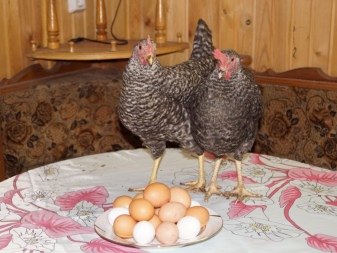
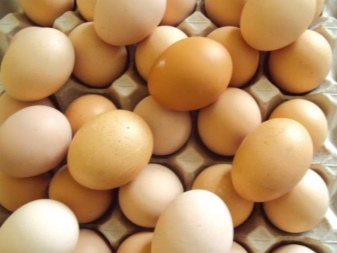
Advantages and disadvantages
Among the attractive characteristics of the cross, its calmness and unpretentiousness are deservedly put in the first place. Even in rather difficult conditions, birds are very productive. Such chickens endure climatic changes without problems. Egg laying can start quite early. The probability of death of young chickens is low.
The Czech population has no special weaknesses. But still it is worth considering that the tendency to incubate eggs is low. When frosts come, the bird can peck at its own eggs. Also, in the cold season, an increase in aggression towards other individuals is likely. These problems simply need to be taken into account in advance.
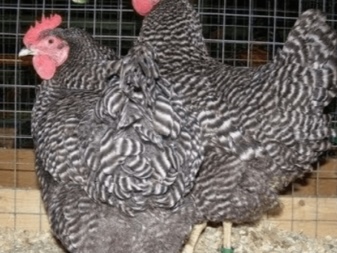
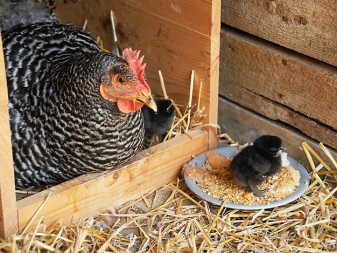
Types
The black dominant D 109 is so named for the characteristic color of the feather. An additional advantage of the species is its enormous viability (only 3% of chicks die). The type will not require any specific growing conditions. Black dominants almost do not suffer with noticeable temperature jerks. You can count on getting 310 eggs per year (70 g each).
Roosters of black dominants weigh 3 kg, chickens – no more than 2 kg. Another color subtype is brown; white and brown Rhode Islands were used to obtain it. A similar combination led to the appearance of brown hens and white cockerels. Characterized by high (over 315 eggs) fecundity. The species was named for the color of the pen.
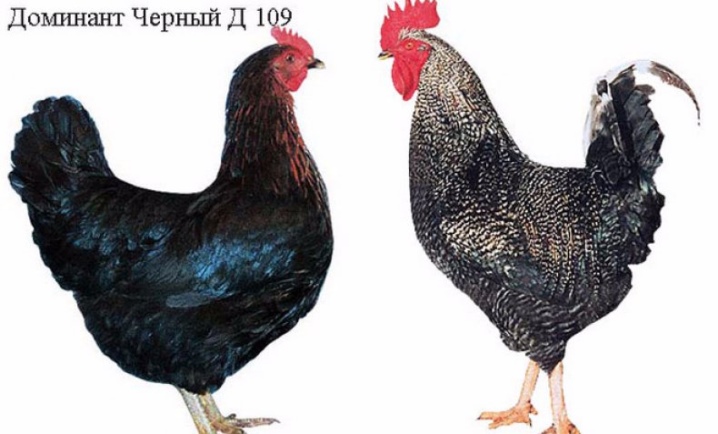
The blue dominant D 107 looks like an Andalusian breed. Moreover, even non-specialists easily recognize this similarity. The bluebird can easily adapt even to the harsh northern climate. The productivity and ability to survive is somewhat greater than that of black individuals.
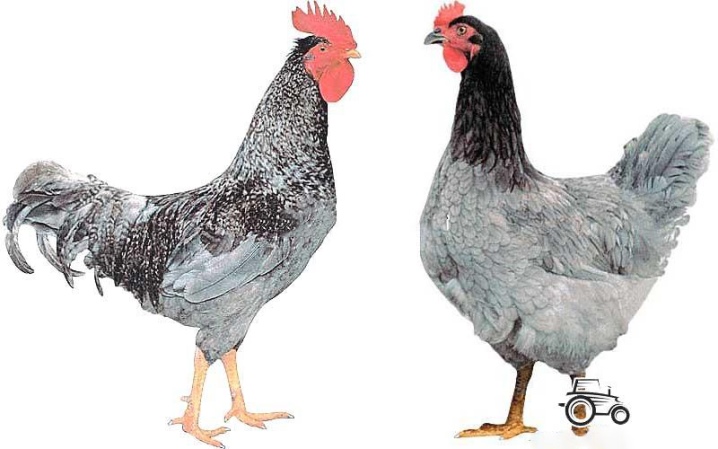
Red striped subspecies D 159 was obtained by combining the Rhode Island and maternal Sussexes. The egg production period is 78 weeks. During this time, the bird can give out over 300 eggs. In terms of color, speckled D 959 is in the first place. The appearance of such chickens contains both golden and brown notes. Another characteristic feature is the presence of small colored occurrences on the feathers, the arrangement of these zones is subject to a certain order.
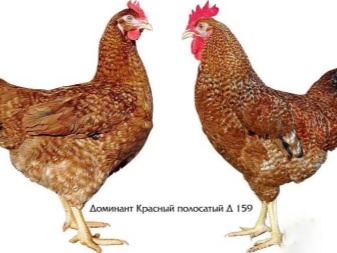
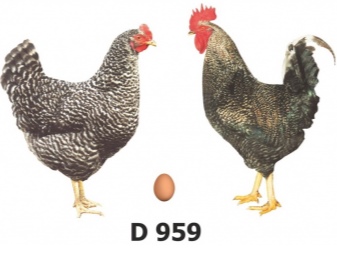
The speckled bird adapts to the climate of the Russian Federation without any problems and can produce 300 white or light cream-colored eggs per year. The type D 104 also deserves attention. According to the standard description, it resembles the old Sussex breed. For her characteristic:
- intensive weight gain;
- excellent resistance to weather changes;
- survival rate is approximately 98%.
Layers of breed D 104 can bring 320 eggs per year. By 68 weeks, the weight of the bird can reach 2 kg. Very early (from 23 weeks), the red dominant D 853 begins to lay eggs. The species got its name for its rich red color. Productivity is at an average level, in comparison with other subspecies.

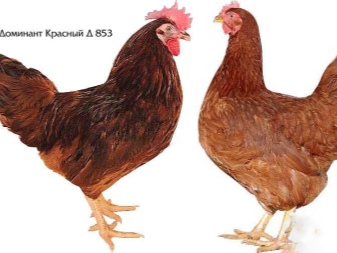
Branch D 300 has feathers shimmering with brown and golden colors. It is sometimes noted that this is similar to the plumage of wild chickens. A similar tonality is obtained due to the hybridization of Italian gold and brown leghorn. The problem is with weak egg production, which ranges from 25 to 265 eggs per year. That is why D 300 chickens are started mainly because of the decorative properties.
It is appropriate to complete the review of the cross on branch D 459. This line adapts perfectly even to harsh conditions in the most diverse countries. Positive experience in growing the subtype has been accumulated in Switzerland, Poland and Slovakia. Red-brown color prevails. Usually the mass of eggs is 60-65 g, but with a carefully thought-out diet, it is slightly more.

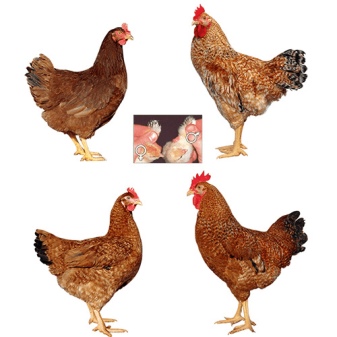
How to choose?
Selecting the best chickens for your home is not as easy as it seems. To do this, it is not enough to get acquainted with the common features of all branches. Even experienced poultry farmers have a hard time making the right decision. All the more important advice from experts for beginner breeders. Layers are strongly recommended to purchase during the spring months.
In autumn, it will be necessary to evaluate the result achieved over the summer, and, accordingly, to reject unnecessary individuals. For the winter, only chickens with maximum egg production are left. It is advisable to add a few new copies to them. This approach allows you to get a good laying in the next season. The purchase of laying hens is possible both in the markets and in poultry farms.
The difference in cost is insignificant. In the market, you can also buy quality goods, and the range there is good. The main thing is to get a conscientious seller, and that the buyer himself carefully study the offer. Experienced and responsible traders immediately give comprehensive answers to all questions.

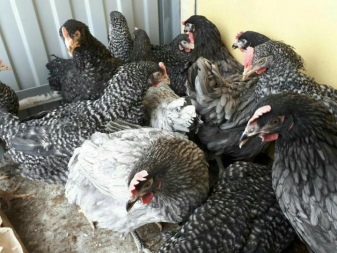
The advantage of contacting farmers is that they keep chickens in larger cages or chicken coops.
Often even walking is provided. As a result, the bird is stronger, healthier, and with better natural immunity. However, the problem is that no one can guarantee the availability of all necessary vaccinations. Another danger is that not all sellers are so conscientious. Many try to get rid of sick or unfit individuals in the household.
There are many tricks for cheating, and scammers are constantly coming up with new ways. Therefore, it is quite appropriate to appeal to poultry farms. Young animals are kept there for no more than 12 months. The fact is that hybrid livestock with frequent updates are more profitable. In factories, birds are kept in cages using synthetic additives.
The level of immunity of factory livestock is low. These individuals are not well adapted to free walking. Egg production is declining at a very rapid pace. But on poultry farms, they definitely put all the necessary vaccinations. After all, it is very strictly controlled there.
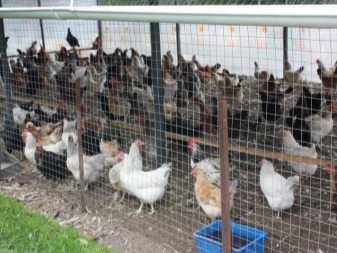

Laying hens are best acquired between 20 and 26 weeks of age when sexual maturity is reached. Individuals maintain excellent performance for several years in a row. Hybrids produce maximum eggs in the first 12 months. Immediately after this comes a significant decline. Evaluating laying hens, you need to look at their appearance.
A good bird is always clean and well-groomed. The plumage must be clean and free from visible defects. The slightest growths and bald patches are unacceptable. A high-quality feather is distinguished by its smoothness and uniform luster. It fits snugly to the body of the bird. A real laying hen sheds late. The fact is that early molting reduces productivity.
It is important to pay attention to the color of the skin. A healthy hen has nice looking, not sagging skin. It has a light pink color.
Yellow skin indicates liver disorders. Normally, the scallop should not be too large or small, the slightest deviation from the even shape is unacceptable. It is required to check whether the red color of the scallop is sufficiently uniform. Healthy chickens cannot have sunken, dull and sour eyes. Coughing and sneezing are strictly unacceptable, even if these symptoms are not too pronounced.
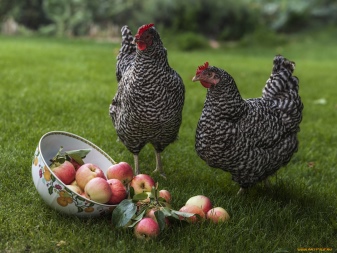
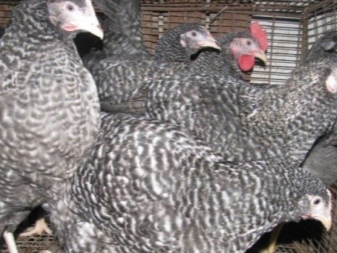
The belly of a quality chicken is soft. She also has an even keel and a fairly wide chest. When the keel arches, there is no doubt that the cause is rickets. It is worth abandoning the purchase if the legs are weak or crooked. An important evaluation criterion can also be considered the activity and vigor of individuals.
There is no reason why a healthy dominant would be sleepy and lethargic. The blanching of the comb indicates infection with a chicken mite. This parasite causes anemia and damages the bird’s brain. It is categorically unacceptable to buy hens with separate rooster features as laying hens. This indicates inbreeding or other negative factors.
When buying, it makes sense to be interested in the availability of vaccination certificates. Yes, they are set by default, but it’s better to play it safe.
Important: the adaptation period after purchase can be up to 30 days. To shorten this period and facilitate its passage, you can use succinic and ascorbic acids. They are added to the diet in accordance with the instructions and recommendations of veterinarians.
How to find out the sex of a chicken?
Complaints are often heard that it is very difficult or even impossible to distinguish the sex of newborn chickens. Inexperienced breeders are unlikely to be able to figure this out without outside help. To more accurately determine the sex, a cytogenetic technique helps. The problem is that, for all its accuracy, this method is expensive. Only advanced farms can systematically use it.
The bottom line is to study the set of chromosomes. They are guided by the approximate age and reliably known signs of high-speed cells. Roosters up to 30 days have z-chromosomes, and when there are 2 or more such chromosomes, we can confidently say that they are taken from a male. At the same time, the appearance of a bird says little about its gender.
Blood analysis is expensive and technically difficult. In addition, it causes stress to the chicks. The essence is blot hybridization of DNA using a primer. The accuracy is almost the same as that of chromosomal studies. To get a good result, it is necessary to collect whole blood samples and washed red blood cells.

Plumage with a careful approach also allows you to draw fairly accurate conclusions. Feathers develop quickly because they act as a natural barrier against harmful environmental factors. The error reaches 20-30%. Males have a long flight feather and extended wings. It is believed that in the first 72 hours the feathers of a rooster are lighter than those of a chicken.
It is widely believed that males walk wider from birth, and their legs are also wider. As if when walking, the paw stretches forward. Chickens, on the other hand, raise their legs and lower them in the rhythm of their gait. Another technique is also recommended – gender recognition by reflex reactions. The bird is turned upside down, first covering the view with the palm of your hand.
Then the hand is removed, and they see what the dominant will do next. It is assumed that the rooster will begin to rotate its head, stretch its neck. The chicken will behave more calmly. She will begin to group, and even pull her head into her shoulders.
Sometimes, in order to determine the sex, the brood is frightened in various ways. At the same time, it is immediately noticeable who is trying to hide on a perch or other convenient shelter. And who is actively preparing for defense.
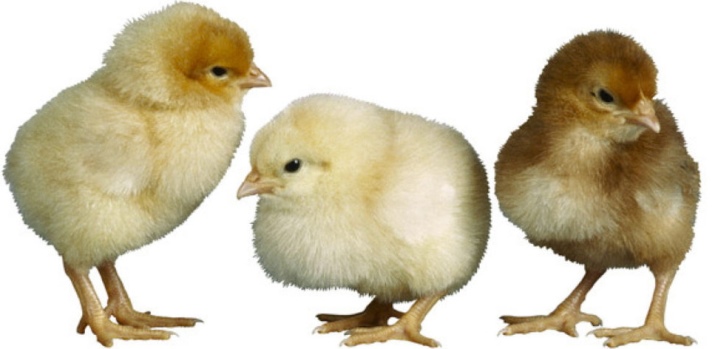
Reproduction
Dominant chickens can be successfully bred both at home and in industrial conditions. It is not difficult to buy eggs for growing by the incubator method. But the hens themselves begin to lay on the fifth month of development. It should be borne in mind that at this moment the abilities are still only added up. The highest egg production is achieved by 18 months.
Much here depends on how well the care is organized. With the right approach, you can really get the first eggs up to six months. The duration of their issuance is also determined by the growing conditions.
Strict observance of the basic norms will allow the birds to live up to 10 years. However, it should be taken into account that after the age of three, productivity slowly decreases.
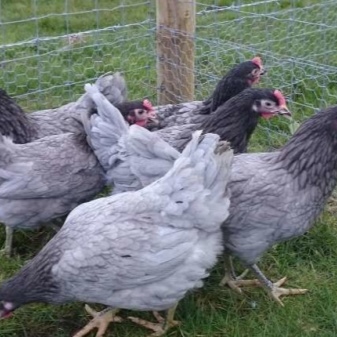

For day-old chicks and further until the end of the 4th week of development, it is necessary to maintain a density of 60 pieces per 1 sq. m. in a cage or 25 on the floor. At 5-9 weeks, these figures are 25 and 12, at 10-18 weeks – 25 and 9, at 19 and beyond – 20-25 and 5-7 pieces, respectively. As soon as the hen hatched the chickens, you need to maintain the air temperature from 32 to 34 degrees. But this regimen is practiced only in the first days, until the end of the first week at most. In the second 7 days, the heating is systematically reduced to 27-31 degrees.
Further in a week, the air is cooled by 2 degrees until the temperature drops to 20. This thermal regime is recommended until reaching 18 weeks. Important: it should be followed when it comes time for laying eggs. The earliest content should take place in the brooder. It is not worth lowering the temperature in it – if the birds are hot, they will simply move away from the heater.

A good brooder must have a non-slip floor. Dryness is another requirement. It is advisable to mount a fecal tray under the floor. The box or box is thoroughly ventilated, but at the same time drafts are excluded. Important: the heating device is mounted in such a way that the chicks get to it.
With proper cultivation, at 3 months you can no longer be afraid of the death of chicks from infantile ailments. Usually homemade brooders are made from plywood sheets. With a size of 1,5 x 1,5 m, you can safely keep 50 small chickens. It is quite acceptable to put one tier on another, and thereby save space as much as possible.
For your information: lighting fixtures are complemented by dimmers for more flexible and efficient operation.

As hens, dominants are almost no good. Their productivity is too high, and simply suppresses maternal instincts. If it is not possible to use an incubator, there is only a variant with a hen of a different variety. The chicks hatch at the same time. Usually this does not even need the support of hens or breeders. Individuals that have just hatched in the incubator are transferred to heated cages. A lamp is used for heating. Feed the chicks immediately after drying. Water should be changed at least once every 1 hours. It is required to continuously put crushed wheat into the feeder.
Green herbs and cottage cheese are mixed with an egg and given from the second day of life. Dominant chicks should be kept warm for the first 20 days. You can switch the livestock to adult food at the age of one month. If these requirements are met, dominants are almost guaranteed to survive. There are no other subtleties in breeding birds.
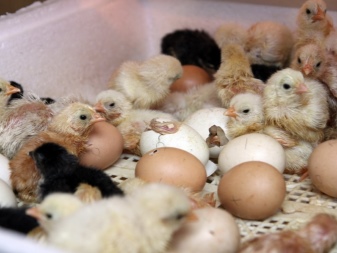
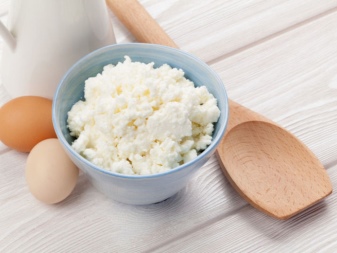
Content
As for the content of dominants, there are also certain nuances here. It is advisable to familiarize yourself with them even before you choose the chicks.
Care
Dominants are not too whimsical, and can stably survive even in an environment where other species weaken and die. Therefore, they can be safely grown even in the northern regions of our country. A barn for adult birds is built at the rate of 1 sq. m. for 4 copies. There is no need for perches. Instead, deep straw shavings are taken care of.
The poultry house for Czech chickens is insulated, but it is not necessary to heat it, unless the climate is extremely harsh. But what is really important is the strict exclusion of drafts. Even adult animals suffer greatly from them. The litter is replaced after the end of winter, as well as a month before the approximate arrival of frost. Every spring, the floor and walls are treated with lime.
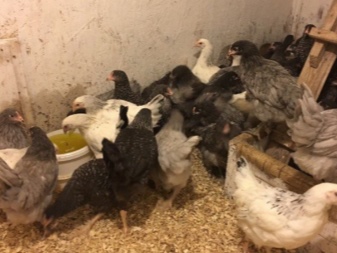
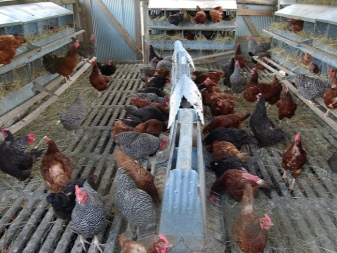
Feeding
The choice of feed for dominants is determined by the decision of farmers or technicians. Birds are omnivores, but usually the basis of the diet is combined feed or grain. Vegetable food is used as an additive to the main component. You can put dishes from the human table in the feeder, however, spoiled food should not be given.
To ensure the full development of birds, in winter it is required to add vitamin premixes to their diet.
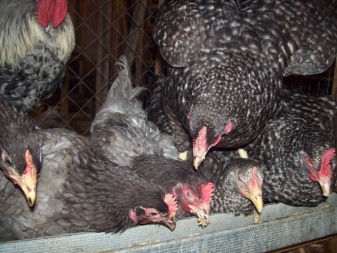
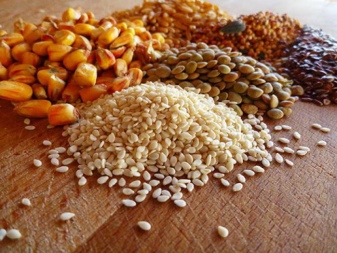
When preparing to breed dominants, it is necessary to change the diet approximately 14 days before collecting incubation materials. Food at this point should be more varied. To the usual products are added:
- cereal grains;
- bran and boiled potatoes;
- dairy food;
- crushed (grated) raw carrots;
- meat and fish production waste.
Such feeding continues until the collection of eggs for breeding in incubators is completed. It is important for dominant chickens to constantly have access to fresh, clean water. Do not give too cold or too hot water. Feeding is done in the mornings and evenings. If there are severe colds in winter, food should be given even in the daytime.
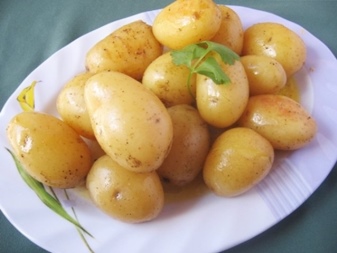
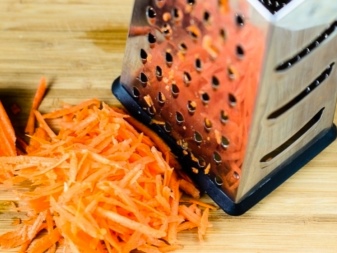
Disease Prevention
If the young animals are purchased from trusted and carefully selected suppliers, you can not be afraid of diseases. But when buying it on the market or when breeding livestock on your own, you need to personally take care of vaccinating the chicks. Experienced poultry technologists advise giving chickens for 3 days:
- “Levomitsetin” (dilute 1 tablet per 1 liter of water);
- “Startonik” or “Chiktonik” (strictly according to the instructions);
- “ASD-2” (1 ml per 3000 ml of water).
These medications help boost the immune system. At the same time, digestive disorders are excluded. Gradually, vitamins C and D are introduced into the water. The use of Trivit is allowed. As soon as the chicks grow up, disease prevention is carried out with the help of Farmazin, Trisulfon.
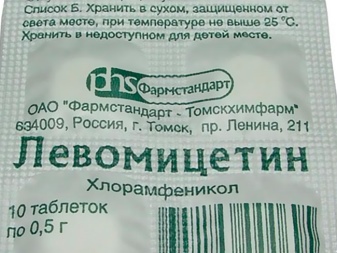

Before settling the dominants in the chicken coop, it should be disinfected, and the floors should be treated with quicklime. The litter is made from chopped straw, as an alternative, small wood chips or a sawdust-peat mixture can be used. All of these options will help get rid of excess water. As a result, it is possible to reduce the risk of the spread of pathological microorganisms.
The bedding needs to be replaced as soon as it becomes clogged. Delay often provokes outbreaks of various infections. As soon as the chickens reach the age of 14 days, the daylight hours are reduced to 8 hours. Otherwise, you can be afraid of pecking the emerging plumage.
Adding enough calcium and vitamins to food helps to reduce the risk of problems.


There is no need to rely on the addition of drugs. You can fortify your diet using:
- hedge;
- nettles;
- fish fat;
- feather ash.
Important: you can accelerate the development of laying hens to the limit if at 16-24 weeks instead of 8 hours you provide them with daylight hours for exactly 16 hours. Further adhere to the same value. After all, the laying hen is a capricious creature, it responds too quickly to changes. If instead of factory compound feed a self-composed mixture is used, corn or barley is mixed with it. To increase the digestibility of food, gravel or coarse sand is placed in the feeder.
Maintaining maximum egg production in winter is achieved by abundant harvesting of nettles. An important condition for ensuring the health of birds is the stability of the diet and other parameters of keeping. If something needs to be changed, then only gradually and carefully thinking everything through.

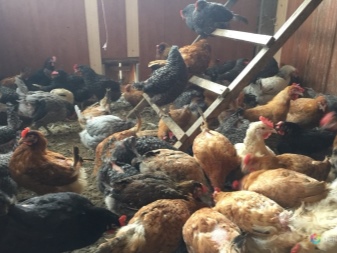
Of the diseases, pullorosis is the most dangerous. It is expressed in the lethargy of birds, in the refusal of feed. At the same time, breathing increases. Soon comes the general exhaustion of the body. Timely detection of infection is possible only with a daily inspection of the entire livestock. Systematic ventilation of the chicken coop is also required. Pasteurellosis is expressed in:
- an increase in body temperature;
- swelling or curvature of the joints;
- unwillingness to eat;
- the appearance of mucus in the nasal cavity.
The only preventive measure is rodent control and disinfection of eggs laid in the incubator. For dominants, salmonellosis is also dangerous. The disease can be prevented through vaccination. If the treatment is successful, the house must be decontaminated. They also process all the equipment used.
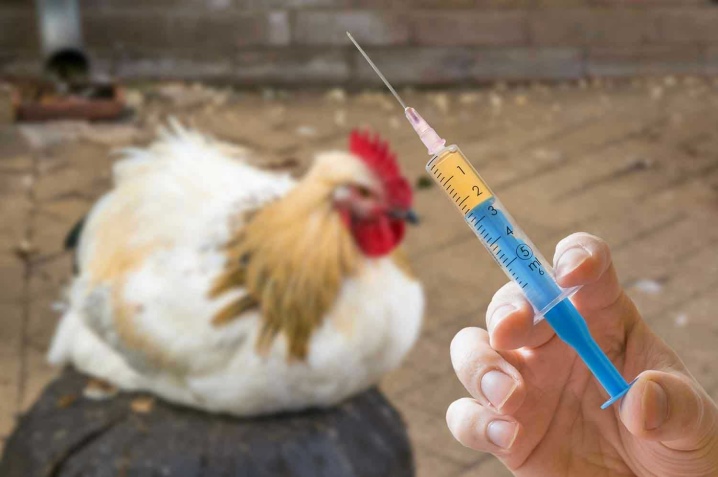
Owner feedback
Czech dominants cause positive evaluations from breeders. They confirm that the bird rushes well and is not too whimsical to care for. Regardless of the subspecies, you can count on the rapid appearance of eggs. They will appear every other day, single individuals can once in 3 or 4 days give eggs with a pair of yolks (each weighing 0,11-0,12 kg).
Important: chickens are unreasonably shy, they tend to hide their eggs in the yard.
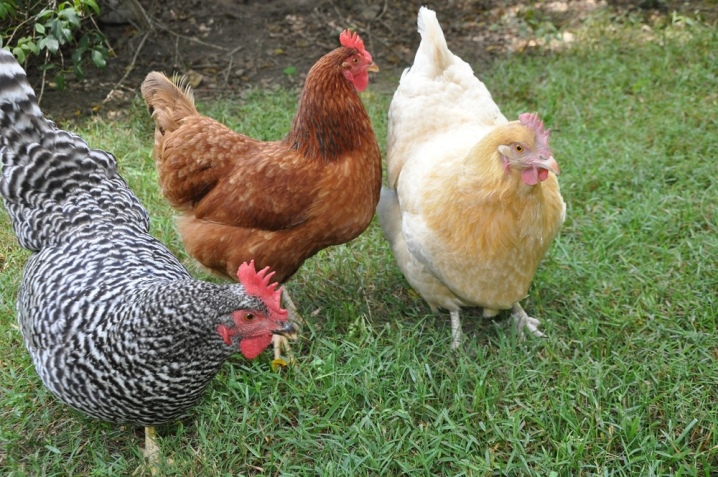
For an overview of dominant chickens, see the following video.
